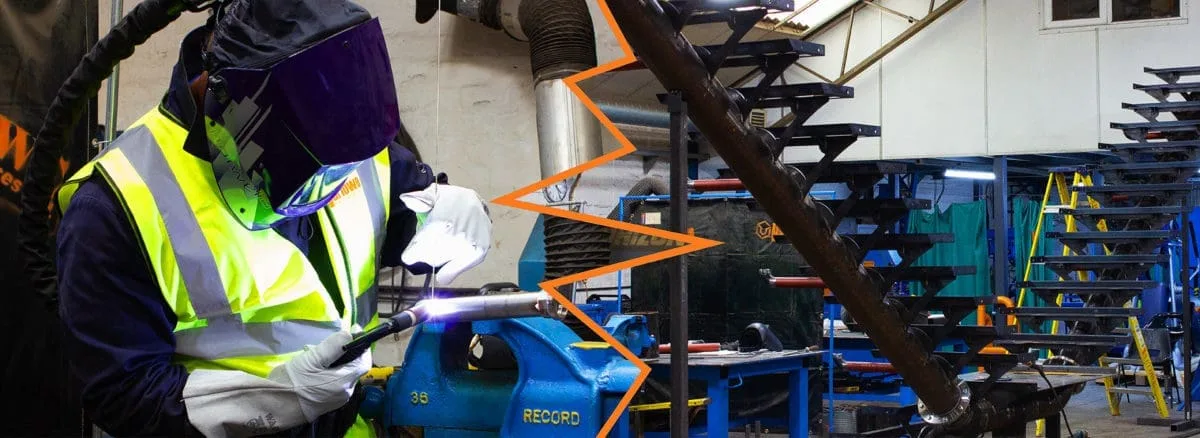

You may think Fabrication and Welding are the same things. You may even hear the two words used interchangeably.
Fabrication and Welding are two essential processes in metalworking. But if you are in the industry, you'll know there is a difference between the two.
To put it simply, Fabrication is the whole cycle in which a component or structure goes through. Welding is part of that cycle. Although, you can produce the final product without the need for Welding altogether.
Welding and Fabrication use different processes. As a result, they need different skill sets, but they can share many of the same activities.
Welding is the art of fusing metal using heat or pressure.
There are a lot of different welding types used today. The four common ones we use at Varlowe are:
Fabricators share a few of the same techniques as Welders. They usually have their own set of methods to get the job done. These can be:
The fabrication process usually starts with cutting metal down to size. Metals can be cut and shaped using various tools, for example:
Tools such as lathes and presses help shape and remove parts of the metal. These can be manual machines or using CNC. Also, tubing and pipe benders help shape pipework fabrications.
Welding tools are very different in comparison. For example, they can use:
More safety equipment for Welding is needed—items such as heat resistant gloves, helmets, masks and safety glasses, to name but a few.
Welding helmets are required to have auto-darkening glass to protect the eyes. Also, they need to have built-in respirators to protect against welding fumes.
Both trades will use the same cleaning supplies to prepare the metal for work. Wire brushes, sandpaper and solvents such as acetone help wipe away any greasy deposits.
Fabrication and welding both require a set of unique skills and tools.
Fabrication typically involves the use of portable hand and electrical tools, with equipment such as folders, rollers, shearing tools being used to manipulate the metal.
Welding, on the other hand, is conducted using stationary tools and largely done by hand.
Basic welds can usually be completed without requiring a specialist welder however more complex joins may need to be undertaken by experienced welders certified according to specific standards, e.g. Coded Welding.
Both manufacturing forms need the same degree of safety precautions. They both work with hot metal and heavy machinery, each carrying its guidelines.
Each tradesperson should own or have provided the following:
You should also have a safe workshop to work in to prevent injury. The workshop should have these in place at all times-
Fabrication and Welding are crucial professions. Both trades provides for almost every industry. From construction to transportation, you will find something that has been fabricated in some shape or form.
Varlowe has experienced metal fabricators and class 1 coded welders. We provide bespoke solutions for all industries.
You can find more on our Welding Services page and Steel Fabrication page. You can also find what we offer on our services page.
If you wish to speak to a member of the team, please call us on 01902 861042.
Fabricators can use various kinds of welding, depending on the materials being joined, the strength required, and the application. Some typical types of welding used by fabricators include MIG, TIG, Stick and Flux-Cored.
While welders may also have some fabrication skills, such as reading blueprints and using metalworking tools, their primary focus is welding. Fabricators, on the other hand, may have some welding skills, but their primary focus is on the broader process of creating metal structures and products from start to finish.
Steel fabrication creates metal structures and products from raw materials, primarily steel. This process involves cutting, bending, shaping, and welding steel components to make a final product that meets the intended design and engineering requirements.
Take a read of our comprehensive article here - "What Is Steel Fabrication?"
Welding is the metalworking process of combining two or more metal components using heat and pressure. The process involves melting the base metal and adding a filler material to create a solid and permanent joint between the components.
Take a read of our comprehensive article here - "What Is Welding?"